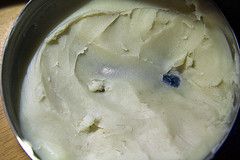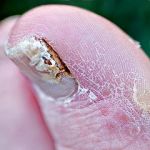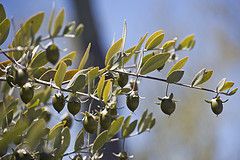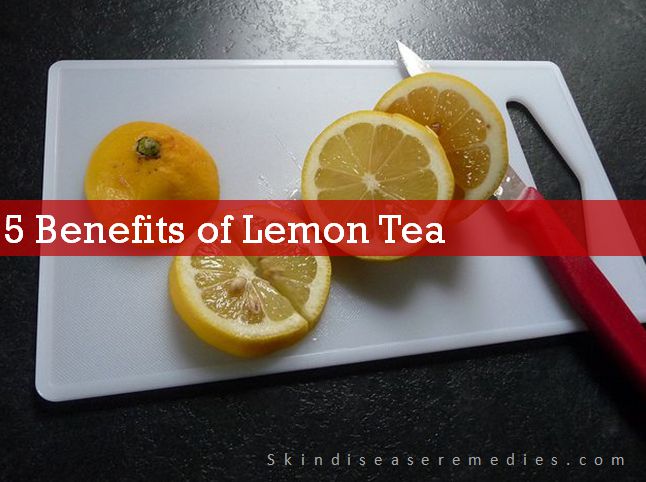
Natural ingredients are packed with essential nutrients that are essential for your health. Apart from digestion, you can use best foods for skin whitening.
Do you’ve gastric, diarrhoea or constipation problem? Then your digestive system has to be blamed. Sorry, you need to be blamed for taking food that is tough for your digestive system to handle.
Your overall health depends on functioning of your digestive system. As we seldom do any physical work, it becomes very tough for digestive system to break down food compounds, so it takes longer time affecting your health. If you’re softhearted person then reduce the burden of digestion by taking easily digested food.
Here is the list of easily digestible foods and rich in proteins.
Best Easily Digested Foods to Consider
#1 Salmon (Baked salmon)
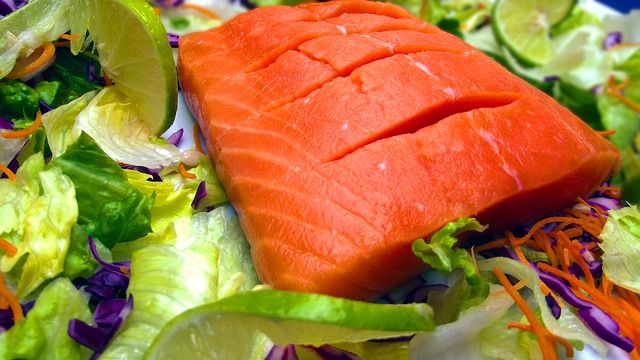
Apart from having Omega-3 benefits salmon has many fascinating health benefits which involves amino acids and proteins. A recent study shows that salmon has a small bioactive protein called bioactive peptides which control inflammation in digestive system. (source: whfoods.com) Selenium an antioxidant mineral found in salmon, helps in cardiovascular protection.
Not only this, there other fishes too which are easy to digest, as they’re less oily.
#2 Chicken Breast
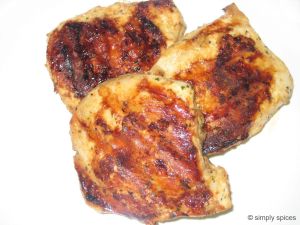
Are you serious? Yes.
Though many of us think that non-veg food takes high on digestive system chicken breast and other lean meat including lean beef don’t upset your stomach, at the same time they provide rich some of nutritional benefits to your body.
But remember you must cook them well. Though chicken breast is rich in proteins and nutrients they’ve no fiber, so it’s recommended to take fiber contained food with it so that your digestive system will have a good experience.
#3 Eggs (Chicken or Duck eggs)

If you’re dieting then avoid yolk, else take whole egg. Eggs give minerals and nutritional benefits to your body at the same time making it easy for digestive system.
Don’t think that only chicken eggs are recommended, you can try duck eggs too.
#4 Leafy Vegetables
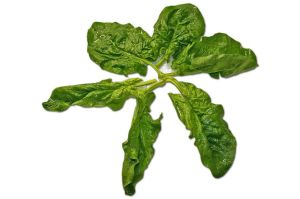
Apart from having fascinating nutritional benefits leafy vegetables like spinach, cabbage and others will help your digestive system to push undigested food.
Good for weight loss.
#5 Brown Rice
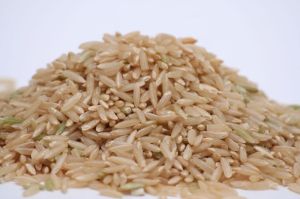
Brown rice is the “unrefined” version of white rice. In terms of nutrition and other health benefits brown rice tops according to American Journal of Clinical Nutrition. Yes, white rice looks delicious than brown rice, but you must know that in refining process white rice has been stripped of iron, vitamins, zinc and other nutrients.
So brown rice has more nutrients including selenium, natural occurring oils, manganese and considered as whole grain because it hadn’t under go any refining process.
Both white rice and brown rice are easily digestible, but sometimes white rice may cause gas and constipation problems.
#6 Yogurt
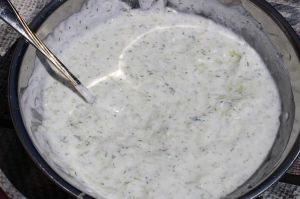
There are two types of yogurt; one is yogurt-regular and Greek. Greek yogurt is made after straining whey (the liquid remaining after milk has been curdled) from regular yogurt.
Though yogurt is a dairy product it is easy on digestive system. Both types of yogurt are rich in proteins and easily digestible.
#7 Oatmeal
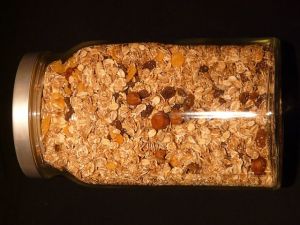
For people dealing with heart disease or diabetes oats provides nutrients and proteins. Oatmeal is great in fiber and less in cholesterol, thus making it the best food for many diseased as wells as healthy people.
One bowl of oatmeal is enough for you to deal with the hectic work schedule. Because of rich fiber it gets digested easily and helps digestive system to digest other foods.
Stick with traditional oats.
#8 Sauerkraut
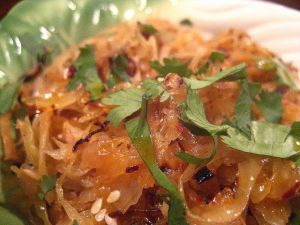
Your digestive system needs some bacteria which aids to digestion. Sauerkraut is fermented cabbage which has rich amount of lactic acid bacteria which helps in digestion of other foods.
So not just is easily gets digested it also helps you to break down other foods.
#9 Cod liver oil
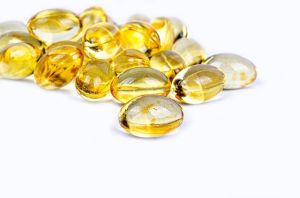
It’s derived from liver of Cod fish. Rich in Omega-3 fatty acids, vitamin A and D. Vitamin A plays crucial role in maintaining mucosal membrane and tissue lines in digestive system. Like vitamin D affects your digestive tract.
#10 Ginger
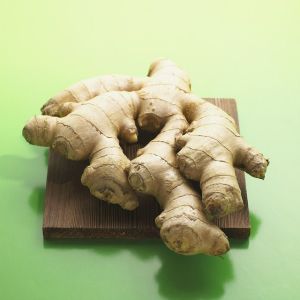
Various stomach problems such as vomiting, gas and diarrhea can be cured by ginger intake. But it shouldn’t be consumed excess.
#11 Tomatoes
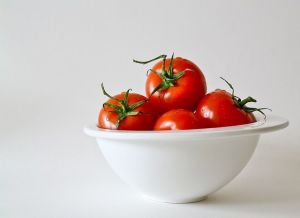
Rich in fiber tomatoes is good for good digestion. Potassium and magnesium in tomatoes helps in regulating fluids in the body. Anyway, when you’ve constipation or other stomach problems avoid tomatoes sauce.
#12 Peaches
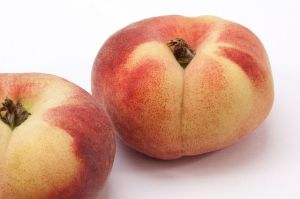
Potassium, fiber, iron, calcium and vitamin C in peaches aids in good digestion and proper functioning of heart. They’re also high in fiber, making it easily digested. Powerful peaches help to get rid of intestinal worms.
#13 Beetroots
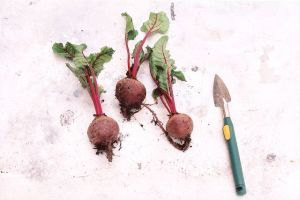
According to lovebeetroot.co.uk beetroot was used to treat fever, constipation and skin problems during Roman times. It is rich in fiber, potassium and magnesium which help to remove the waste.
Related post: Benefits of Beet juice for skin
#14 Sweet Potatoes

Sweet potatoes are helpful to treat peptic and duodenal ulcers. Fiber, carbohydrates and manganese present in sweet potatoes makes it easy to digest.
#15 Beet Greens
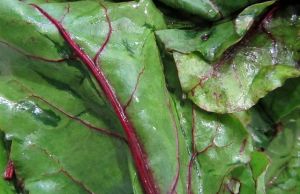
Tops of beetroot consist of calcium and beta-carotene which helps digestion. But excess consumption of beet greens makes your teeth weak.
#16 Carrots

Apart from giving healthy vision carrot consumption can makes digestion process easy because of fiber and antioxidants elements.
Related post: Carrot benefits for skin
#17 Cucumber
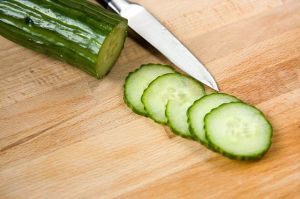
Cucumber has vitamin K, C, B1, antioxidant, anti-inflammatory properties which helps to treat various health diseases including skin and stomach problems. Our intestinal glands produce a protein called Erepsin which plays a vital role in digestion. Cucumber has this protein in it.
You can eat raw or make cucumber juice.
#18 Apples

Apples are packed with lots of health benefits which are used to treat many health issues. This is why they say, “An apple a day keeps the doctor away”.
Apples are rich in fiber, antioxidant and vitamin C, which aids in digestion.
#19 Bananas

Rich in fiber bananas helps in digestion and a must fruit when suffering with diarrhea.
#20 Avocado
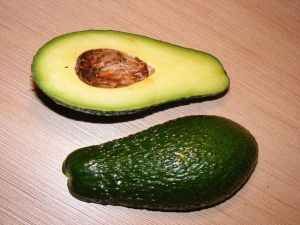
Avocados are rich in carotenoids like alpha-carotene, beta-carotene etc… Beta-carotene are converted to vitamin A which helps in maintaining digestive tract, pancreas functioning and gall bladder.
#21 Blueberries
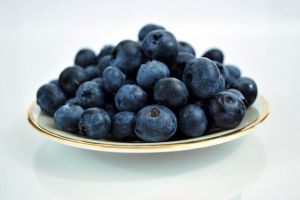
Fiber aids in waste management, natural detoxification and reducing cholesterol level. Blueberries are a high-fiber fruit. Antioxidants present in blueberries helps to fight free radicals.
#22 Papaya

Papaya helps in proper bowl functioning and makes it easy to break down food in the body. If you’re affecting from diarrhoea or constipation eat papaya, anti-inflammatory properties present in this fruit soothe stomach problems.
Papain present in papaya helps to break down proteins in the body; this is why it is used as a meat tenderizer. Experts say green papaya has more papain than yellow papaya.
#23 Cantaloupe
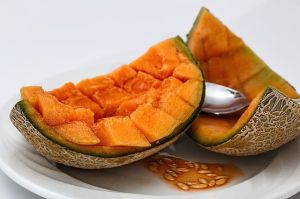
Cantaloupe is low in calories and high in fiber, thus helping is digestion and weight loss. This fruit is rich in myo-inositol, vitamin A, C and potassium which all together aids in easy digestion.
#24 Kiwi
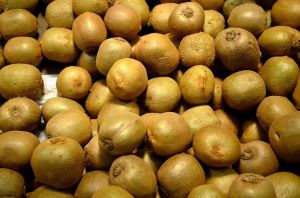
Pepsin, an enzyme present in stomach, used to break down proteins into peptides is present in kiwi fruit. Other nutritional properties include actinidin, linolenic acid, vitamin C &, E, magnesium and potassium.
#25 Kimchi

Kimchi is a traditional fermented Korean side dish made using different vegetables; this is why they contain high amount of dietary fiber. Though it spicy and sour it aids to easy digestion.
Here is the Kimchi recipe.
5 Foods That Are Not Easily Digested
- Dairy products
- Grains
- Hot Peppers
- Chocolate
- Corn
Share your favorite easily digested food with us in comments.
Image source 1, 2, 3, 4, 5


